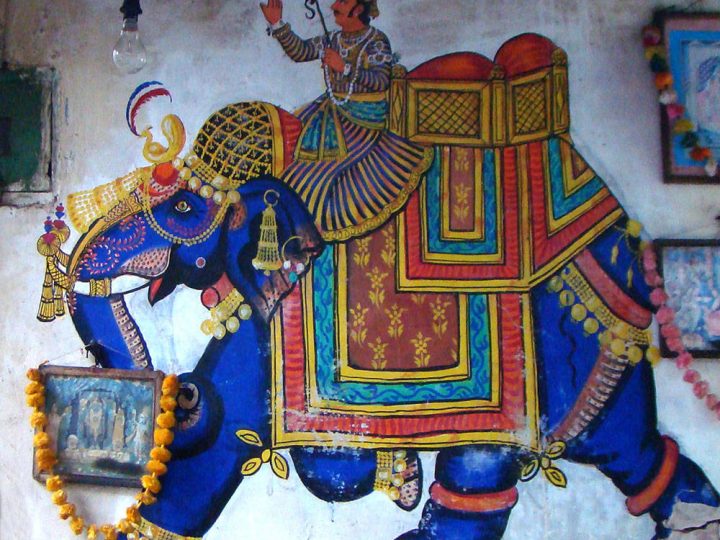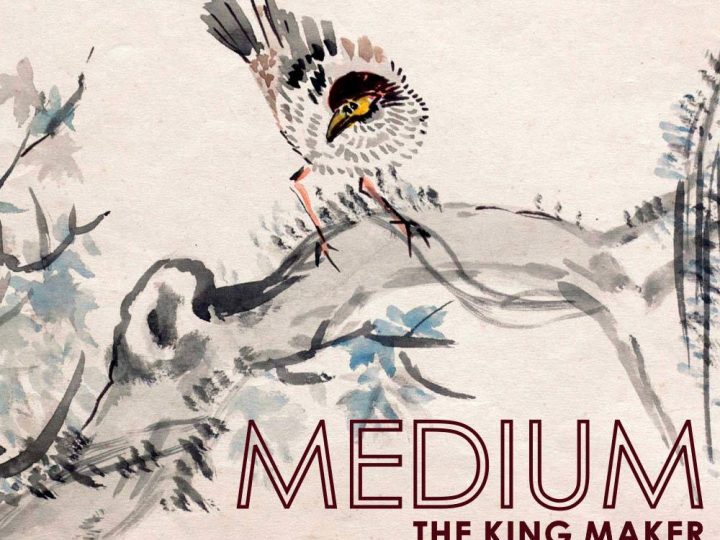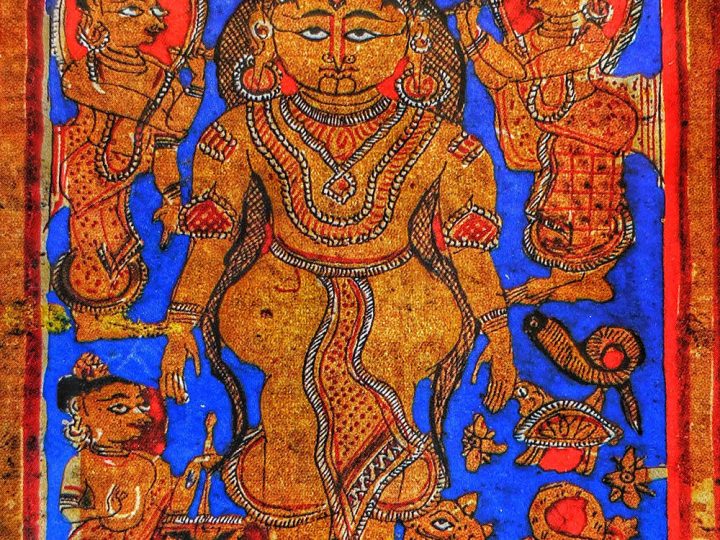
Chandana Dham, Anjangiri, Gujarat

Understanding miniatures and scriptures during the Jain research visit at the British Museum, London, 2010
Over these years, wherever I have gone and met people from different societies and cultures, half of them know I am Jain and I follow Jain Parampara (tradition) or I believe in the Jain faith because of my food habits. Oh, you don’t have onions? No potatoes? No garlic? How can you live life? What? No Eggs? Amazing, Man! Then to some, Jain philosophy was still a novel concept. I was shocked to understand that most of my non-Indian friends knew about Jainism. Of course, for them it was all about Moksha, no eating after sunset, drinking boiled water, no killings of animals, and somewhat limited understanding of our daily activities. I am neither complaining nor irritated by the limited understanding of Jain culture and philosophy.
In fact, I am thankful to all these people that have met me over the years and kept questioning. Their questions created curiosity in my mind and I kept asking myself, is our religion, faith, or belief (whatever one wishes to call it) limited to food habits and sacrifice of daily happiness in the real world?
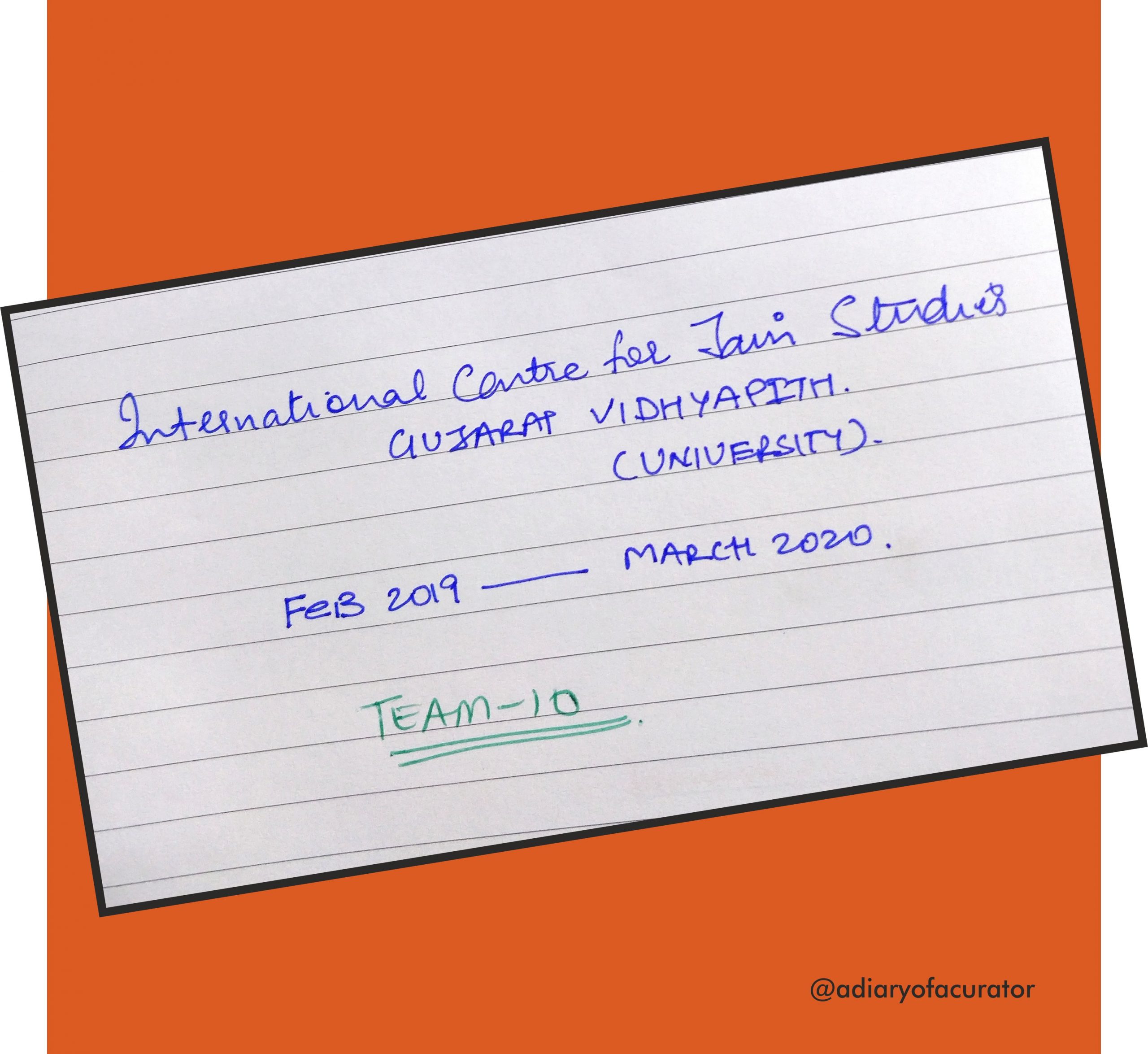
International Centre for Jain Studies, Gujarat Vidhyapith
This past decade, after attending lectures, reading books and research papers by scholars, visiting museums in India and overseas, understanding from Sadhus and Sadhvis, listening to their Vyakhyans, analyzing experiences from respected Shravaks and Shravikas, visiting various Tirth’s and Derasar’s and long introspection sessions, my curiosity finally is at peace. At least, I would like to believe that. Though not 100% successful, I am satisfied to have started my journey in exploring what Jain philosophy and parampara is all about.
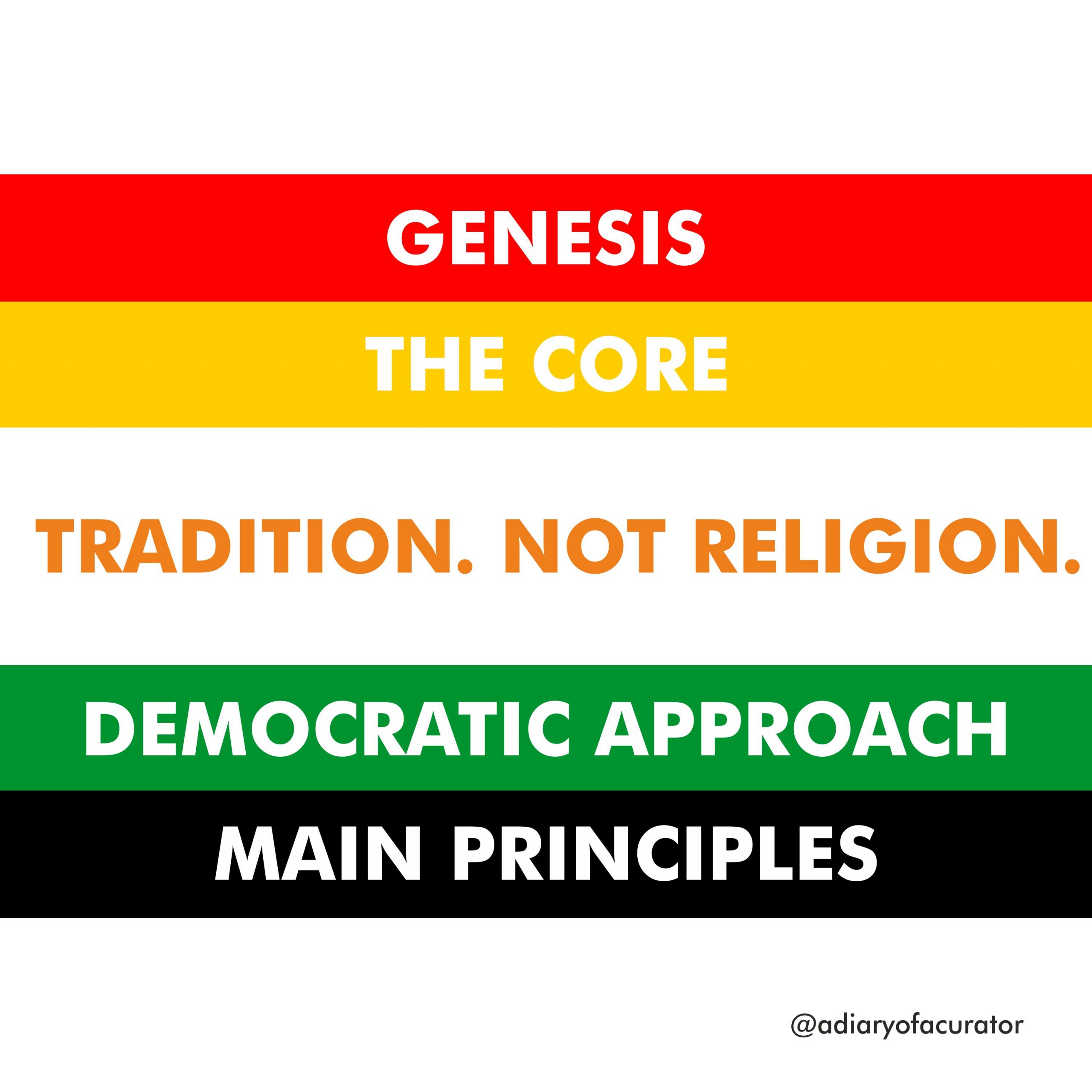
Jain Parampara
Understanding Jain Parampara
- Genesis
- The Core
- Tradition. Not Religion
- Democratic Approach
- Main Principles
Genesis

Vasupujya Swami, Anjangiri, Gujarat
All of us are busy claiming how one’s religion is older than the other. Does that matter? Instead of proving it, let the scientific and historical evidence speak for itself. In the era, when content is the king, I believe my generation and the next generations to come would be more interested in understanding what kind of ideology and philosophy their or the other religion teaches and how it will impact their life and happiness.
Ancient names of Jainism were Nirgrantha (name of the parampara in the time of Mahavir Swami. It meant to not have preconceptions about anything), Arhat (The path shown by Arihant) and Shraman Parampara (The one who follows Jina Bhagwan). Shraman parampara was the original name of Jain Philosophy. It was only after the 6th-century people started calling it Jain Dharma or Jainism. Since the time of Shraman parampara, the philosophy of this tradition was of Tyag (renunciation. In simpler terms, giving up all activities that lead to bad karma). A way of living to attain moksha through spiritualism. Though the name has changed over the era’s, the core still remains the same.
The Core
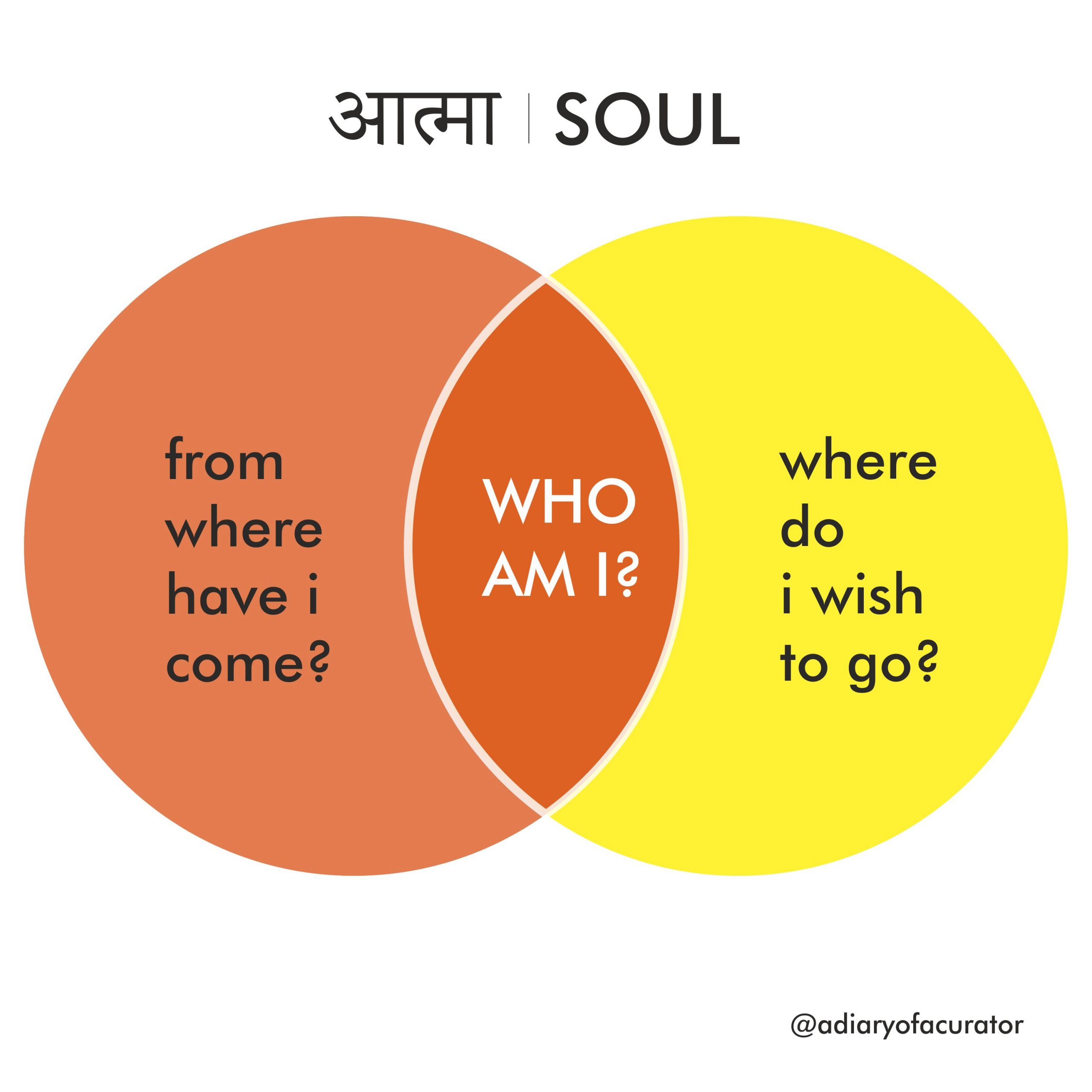
Soul. Who Am I?
DIY – ‘Do it Yourself’ videos are in trend these days. These videos teach us how to build or repair things on our own with the direct help of experts or professionals. As democratic and liberal a philosophy can be, Jain parampara encourages the soul to know itself – of the self, by the self, for the self. The very core of Jain philosophy is to do good things that are best for one’s soul (the most expensive thing a human being possesses) on your own. You don’t need an expert or supreme being to build or repair your ATMA.
But how?
Every human being has the potential to achieve the ultimate destination: Nirvana. But, how to get there? Reaching moksha is not easy but also not impossible. And the good thing is you don’t need anyone to help you get there. All you need is Samyak (true or right) Darshan (perspective), Gyaan (knowledge), Charitra (character and conduct). With the help of all the three characteristics, one can process (life) in a better way to reach the Keval Gyaan (absolute Knowledge) to attain the goal of moksha. However, Samyak Gyaan has a predominant place in Jain parampara. I guess with complete knowledge it is easy to have a correct perspective on every matter and with the right knowledge, one can never go out of the track from maintaining good character or conduct.
Result?
The final result converts to Shanti (peace), Shamta (competence), Tyag (renunciation). With complete knowledge, one does not fight over things or get sad, trains to fight the odds, and makes way for himself to face any situation. And in order to reach the moksha, one has to get off from the burden of worldly things or say bad ‘karma’. In order to show an overall profit, a group company has to shut its loss-making division as its burden may hamper the profitability in the accounts of another division which at last would impact the group company’s balance sheet. No one can grow and reach its ultimate destination with a burden on its back.
Here, we are talking about the ultimate destination or the goal of Moksha. In today’s age and time, I would define Moksha as a place where there is no depression, loneliness, burnouts, anxiety, and FOMO.
Tradition. Not Religion.
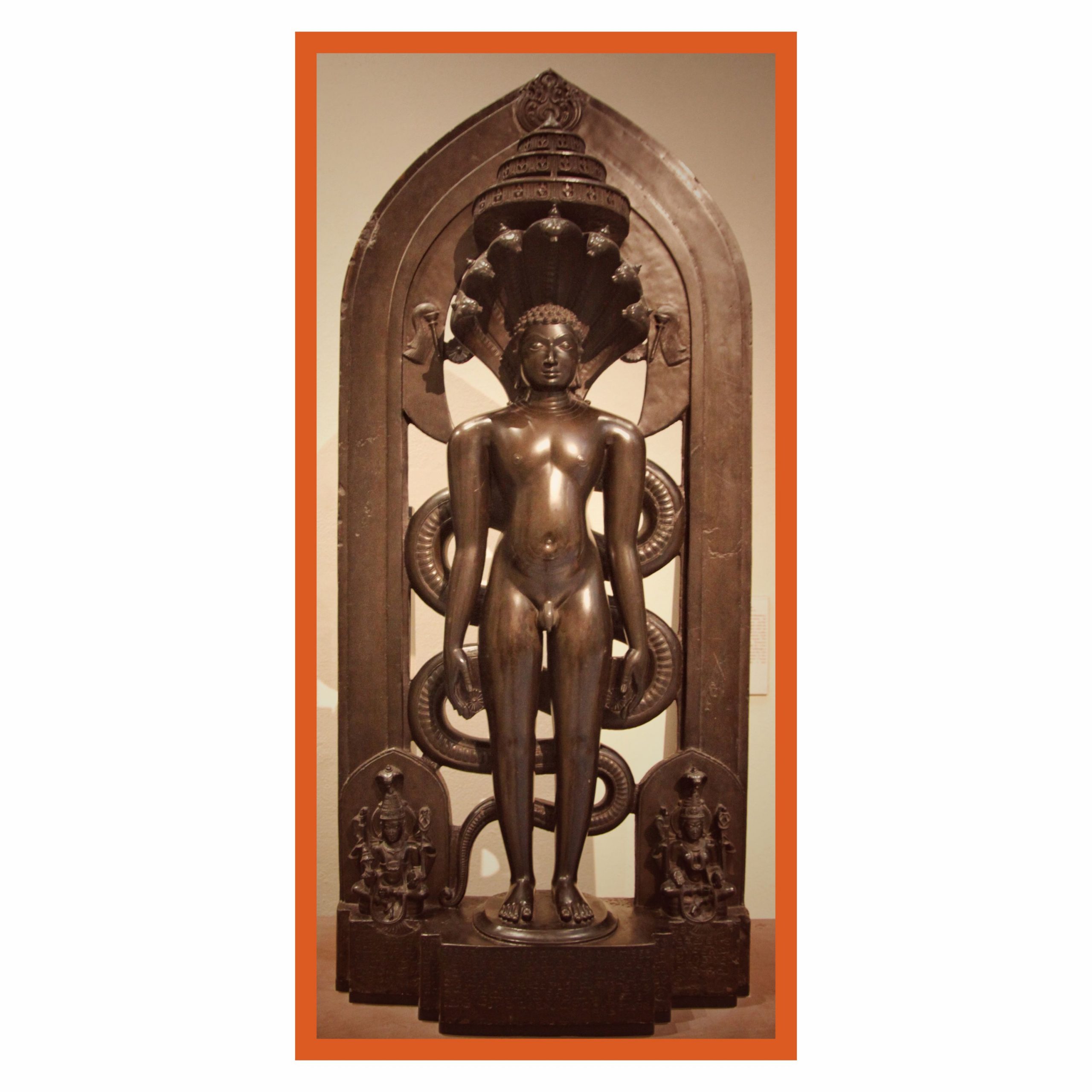
Parshwanath, 12th century, original from Deccan, India now in British Museum. I
Apart from gaining the status of a lifestyle philosophy that helps one reach moksha, Jainism is actually a tradition and not Religion. Jain philosophy doesn’t believe in GOD or the supreme being that has created the Universe. Instead, it believes in one who shows the way on how to live life in this universe. Hence, Jain parampara follow the Tirthankaras as they guide humanity on how to live life from what they gained out of Kewal Gyana (absolute knowledge).
In another context, Jains are often called atheists because they deny the existence of a supreme being as a creator. Jain philosophy believes that the world exists from eternity. Everything is managed by Jeev and not by the supreme power.
As per the Jaina notion, Tirthankaras are superior to the gods. God is merely a heavenly being subject to births and deaths. When we look at Jain sculptures in the form of Pratima (idols) we can see the main figure is always that of Tirthankar. It is surrounded by Gods, Goddesses, Devi, Devta, and other heavenly beings as their aide or deputy. Meanwhile, according to the Oxford dictionary, religion is the belief in and worship of a superhuman controlling power, especially a person, god, or gods.
Hence, this proves Jainism is not a religion because there is no supreme god. Jainism is a philosophy (fundamental nature of knowledge, reality, and existence) and ideology (a system of idea and ideals) that helps you attain moksha. As and when the standard of thinking started to shake, the society started taking support from the rituals to attain a spiritual zone. However, the good news is Jain parampara is not trapped in this phenomenon. It has overcome the stagnancy by exploring and expanding itself through science, environmental studies, art and aesthetics, literature, commerce, and politics.
Democratic Approach

Chaitya Dhanvi Shah during the Jain research visit. British Museum, 2010.
One of the most important reasons why I love Jain philosophy is not because I am fortunate to be born into this faith or people who were believing in this ideology. But, because of its democratic approach. Jain philosophy believes in Purusharth Vaadi Dharm. Whoever pursues, puts efforts in life attains kevalgyan, and reaches Nirvana. The beauty is one can achieve this without any dependency on anyone from fellow human to the supreme being. If you do good to yourself, good to your soul you can reach Moksha. You, I, our parents, children, partner, anyone can become Tirthankar through their own efforts. It is not reserved for anyone.
I understood the greatness of this philosophy only when I realized that the 24th Tirthankar, Mahavir Swami himself told his followers and the society to focus on their own soul. He further stated that HE is completely fine if people do not worship HIM or follow HIS teachings as you yourself will take your atma to Moksha and it won’t happen by merely praying or worshipping me. HE always emphasized focusing on oneself. The two keywords are OWN and SOUL. Can we imagine this kind of freedom and democratic thought process as per our notion of a religion?
Main Principles
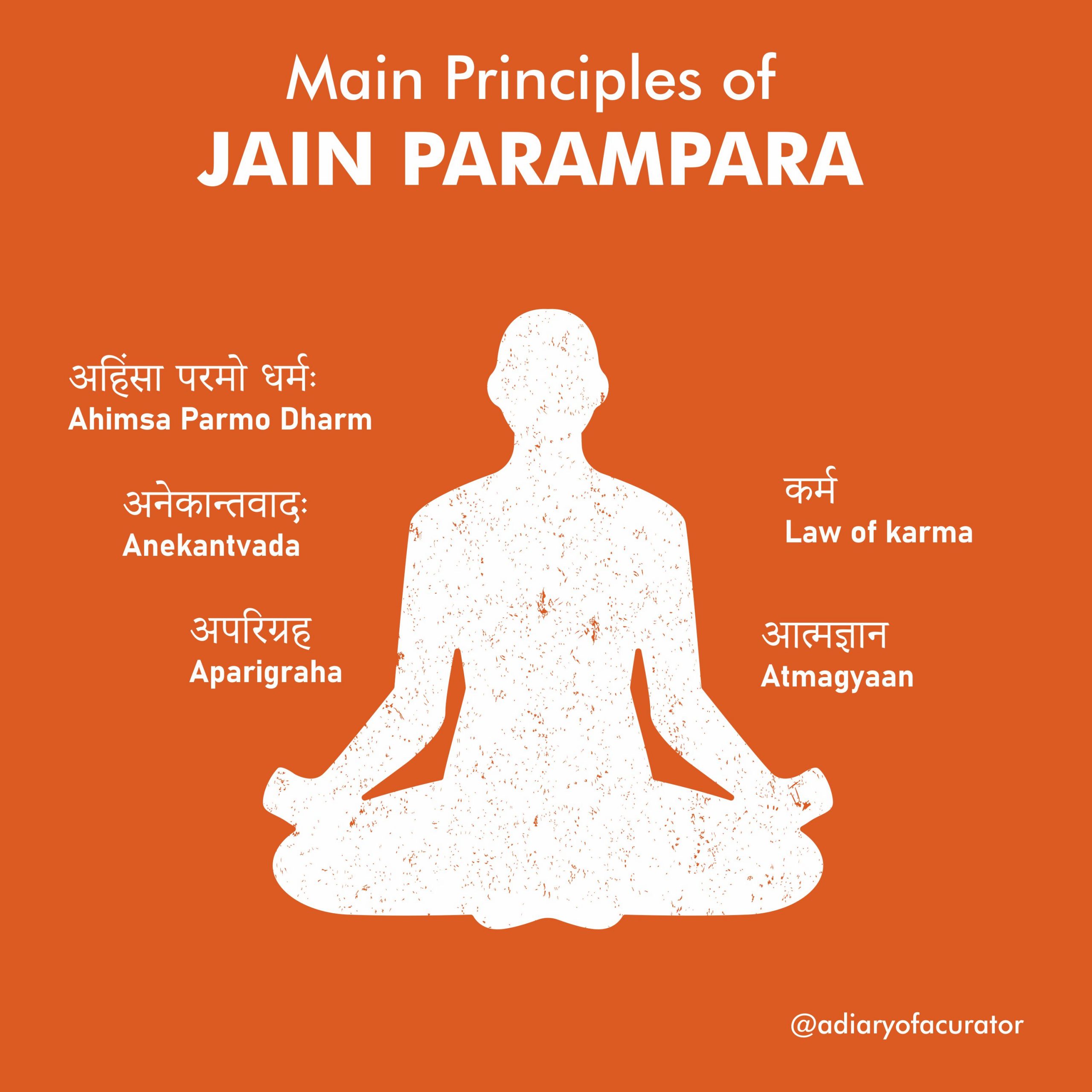
- अहिंसा परमो धर्मः (Ahimsa Parmo Dharm)
- अनेकान्तवादः (Anekantvada)
- अपरिग्रह (Aparigraha)
- कर्म (Law of karma)
- आत्मज्ञान (Atmagyaan)
Conclusion

Hurdle for Moksha
To my non-jain friends out there, I would sum up Jain parampara as a democratic, intellectual, and scientific philosophy which has several layers to it. A universe of knowledge explained in a simplistic and minimalistic means to enhance one’s Soul and its standard of living to reach the final destination of Moksha.
This blog is dedicated in loving memory of Shri Chandrakant Dodhia (1941 – 2021)
Disclaimer: The facts and views presented here are the outcome of my efforts in the past decade. After attending lectures, reading books and research papers by scholars, visiting museums in India and overseas, understanding from Sadhus and Sadhvis, listening to their Vyakhyans, analyzing experiences from respected Shravaks and Shravikas, visiting various Tirth’s and Derasar’s and long introspection sessions, my curiosity finally is at peace. At least, I would like to believe that. Though not 100% successful , I am satisfied to have started my journey in finding what Jain philosophy and parampara is all about. Though I have tried to be 100% accurate, in case you find any inaccuracy in facts or words (spelling and pronunciation) kindly inform me so I can rectify. Michhami Dukkadam.
Photos and Text © Chaitya Dhanvi Shah


